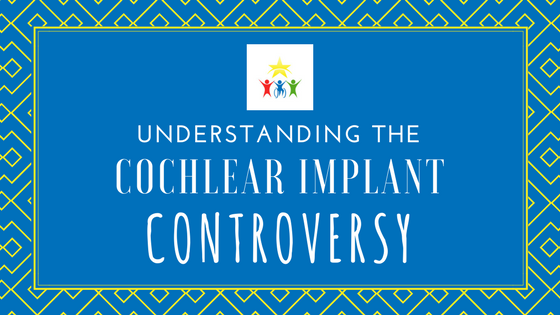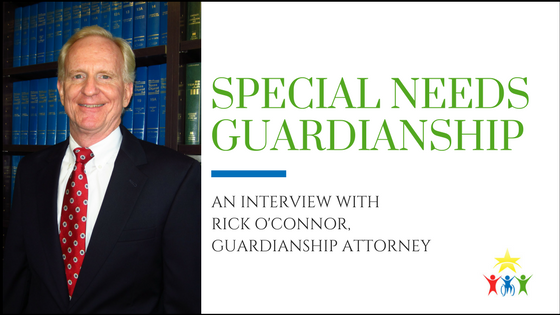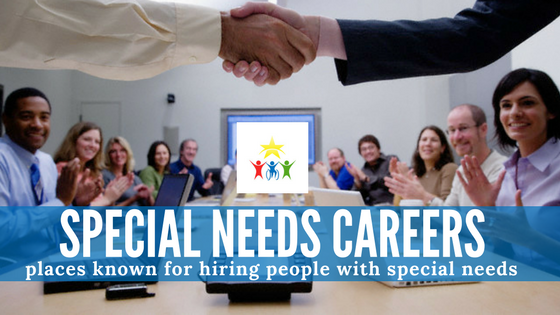Understanding the Cochlear Implant Controversy

The last few decades have yielded a number of scientific advancements in the medical field, ensuring that natural problems that arise within humans can be altered or even completely “fixed.” One of those inventions includes cochlear implants.
What are Cochlear Implants?
A cochlear implant is an electronic medical device that does the work of damaged parts of the inner ear, aka the cochlea, to provide sound signals to the brain. (Read more here.) These devices sound great to the hearing world; who wouldn’t want to be able to hear?! As a part of the hearing world, it is easy to believe that our way of life makes the most sense. We were given the five senses we have for a reason, right?
If you look at conditions such as deafness from a fresh perspective, you may find that instead of being seen as a problem to fix, it is a characteristic that people find their identity in. Cochlear implants do just the former, however. They were created to assist those with hearing loss better navigate the hearing world.
A Fusion of the Deaf and Hearing World
Touching back into some deaf history, a social/geographical anomaly located on an island known as Martha’s Vineyard helps to offer a different point of view. Via Britannica online, Martha’s Vineyard is known as a phenomenon in which a disproportionate percentage of the population living on this island was affected by a hereditary form of deafness. It is thought that a history of genetic relatedness among some parents, combined with intermarriage on the island, contributed to the spread of the genetic defect that caused Vineyard deafness.
On this island, there was no need for deaf communities to form as sign language and other cued languages were a part of everyone’s daily life – there was no need for inventions such as cochlear implants to help integrate the islanders into society.
A Difference of Opinions
On the flip side, there are undoubtable benefits to having these devices at the ready. Children who are born deaf or incur hearing loss in their early developmental months have a small window of time to jump into the hearing world in order for the parts of their brain that work with spoken language to take to it.
A huge separation in the way cochlear implants are perceived lies within the distinction between those who are Deaf and those who are deaf. During the Deaf Civil Rights Movement, a distinction came about with the capital “D” as those who identified with the culture, not just being audiologically deaf.
One of the biggest arguments against the implants is that even though they assist in hearing, those who have them are in a sort of limbo between the deaf world and the hearing world; they will never wholly be a part of either with these devices.
Downsides of Cochlear Implants
Like any other medical procedure, there are also great risks that weigh in with the benefits that can include losing any remaining hearing, high cost, technical interference and more of the like. There are valid concerns with committing to this lifelong implant.
Despite the medical risks, the key to understanding the differences in opinions here is simply acceptance. There is no argument against the cochlear implant being a ground-breaking discovery. Much like some of us choosing not to buy reading glasses because we’re okay with squinting a little at a screen or book, those with hearing loss have the same ability to choose not to get auxiliary hearing devices.
Deaf Culture
Those who are part of the deaf community are not less of a person because there is something biologically amiss. As we know from Martha’s Vineyard, coexisting without technology is more than possible! Communication comes in several formats, and at the core of it, our worlds are actually one.
Deaf culture is rooted in the same structure as many minority groups in America and all over the world. When you are the few, the many seem to have a say over how you get to live your life because it is more common.
Making the choice to utilize these devices should be a personal one, and though it is important to bring up topics that create controversy and tension, there are lines that should be drawn.
How Can I Help to Better Understand?
The first step in understanding anything is educating yourself.
You may meet people who believes that their deafness is part of who they inherently are, and you may meet people who want to work hard to overcome their deafness. Neither decision is wrong. It’s just a different way to live life and enjoy the world around us.
Just because something seems easy and makes sense to you, doesn’t mean it will to another person.
Learning sign language is another way you can help to understand!
About the Author
Allison Vickers is a recent graduate of UNT and has an affinity for all things related to dogs. A data analyst by day, writer by night, Allison thrives off of giving back to the communities she is a part of. Though her writing skills may be slightly above sub-par, she loves learning and educating people about how to love a little harder.


